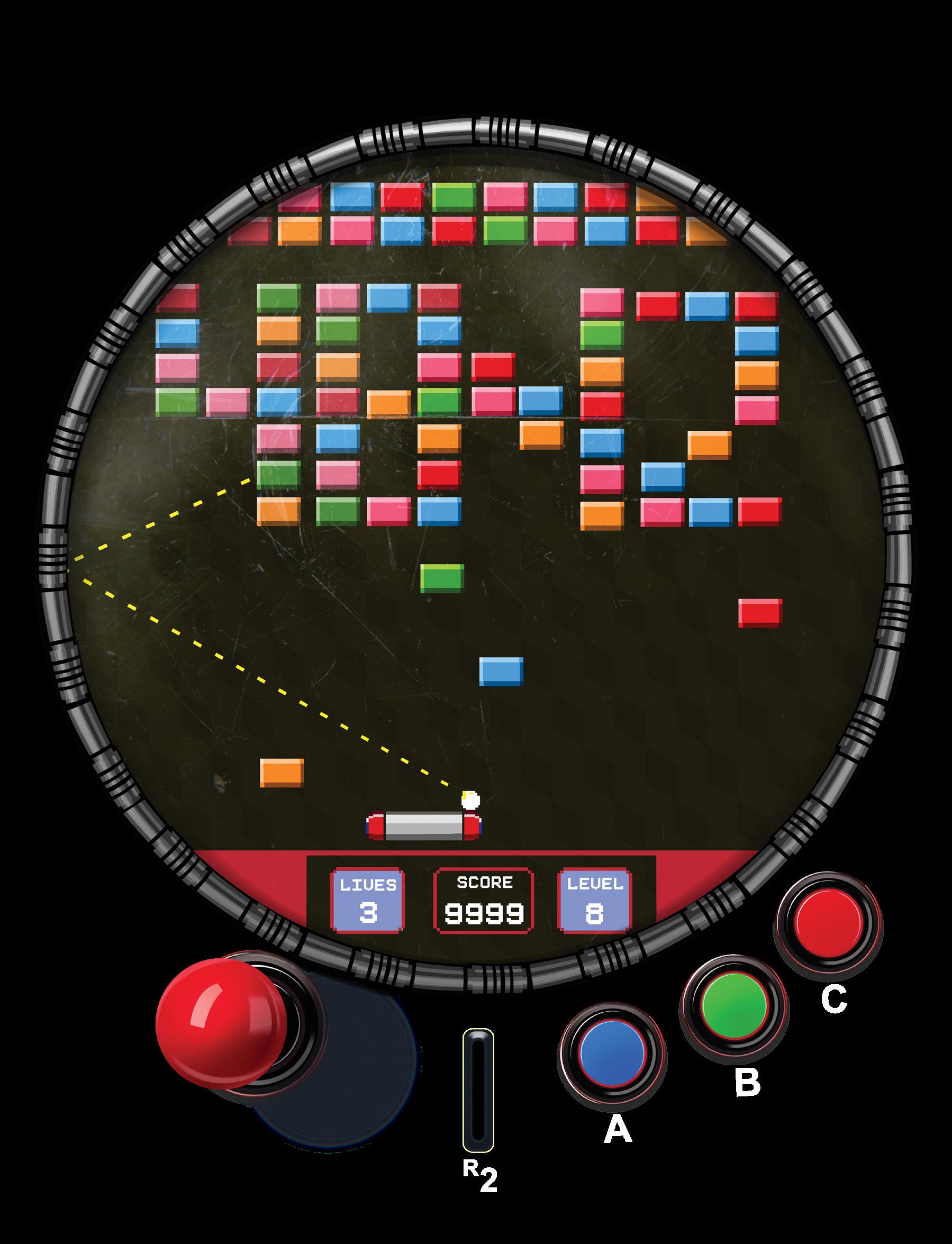Grade 8 • Study Guide Mathematics

Owned and published by Optimi, a division of Optimi Central Services (Pty) Ltd.
7 Impala Avenue, Doringkloof, Centurion, 0157 info@optimi.co.za www.optimi.co.za
© Optimi
Apart from any fair dealing for the purpose of research, criticism or review as permitted in terms of the Copyright Act, no part of this publication may be reproduced, distributed, or transmitted in any form or by any means, electronic or mechanical, including photocopying, recording, or any information storage and retrieval system without prior written permission from the publisher.
The publisher has no responsibility for the persistence or accuracy of URLs for external or third-party internet websites referred to in this publication, and does not guarantee that any content on such websites is, or will remain, accurate or appropriate.
There are instances where we have been unable to trace or contact the copyright holder. If notified, the publisher will be pleased to rectify any errors or omissions at the earliest opportunity.
Reg. No.: 2011/011959/07

SAMPLE

Asterisks are used to indicate each question's level of difficulty. These levels are indicated in the study guide, and apply to all tests and exams.
y Use mathematical facts and vocabulary
y Use correct formulas
y Estimate and rounding of values
y Understand theoretical knowledge
y Follow familiar procedures
y Apply concepts consisting of various steps
y Deduce from given information
y Do basic calculations learnt from examples and exercises
y Complex calculations and high-order reasoning
y Euclidean geometry
y There is no clear method to get the answer
y Indicate links, similarities and differences between different representations
y Requires conceptual and holistic understanding
y Unfamiliar non-routine problems that are not necessarily difficult
y Problems must usually be solved in different parts
y Usually about practical problems in everyday life
y High-order understanding and processes
Often regarded as an acceleration of the curriculum. Not included in tests and exams.
IMPORTANT: The year plan has been adapted to reflect changes to CAPS. The order in which topics are presented in the study guide is not necessarily correct. ALWAYS refer to the year plan for the correct order in which topics must be covered.
For example: Although the order of topics to be covered in Term 1 is presented as Unit 1, Unit 2 and Unit 3 in the study guide, the correct order according to the year plan is Unit 1, Unit 7 and Unit 8.
Unit 1: Number systems
Exercise 1: Where do number systems come from?
There is proof that the Ishango people of the Democratic Republic of the Congo (DRC) made marks on bones to count their cattle or family members. The oldest bone found to confirm these assumptions is approximately 20 000 years old.
Another number system is the Egyptian number system which consists of symbols. However, the number system that we use today is the Hindu-Arabic system which was developed more than 1 000 years ago by Hindu-Arabic mathematicians. You can see a comparison between these two number systems in the table below.
1.1* Write the Egyptian equivalent for the number 3 516.
1.2* Write the Egyptian equivalent for the number 2 182.
Unit 1: Number systems
1.3*** Write the Hindu-Arabic number for �� �� �� �� �� �� �� ��.
1.4* Study the number 234 654 365 123 987 341 236 687. Now write the number that is 10 000 more than the given one.
1.5*** Investigate for fun
Copy the table in your answer book and translate the terms ‘addition’, ‘subtraction’, ‘multiplication’ and ‘division’ into any two other languages.
Addition Subtraction Multiplication Division
Afrikaans Optel Aftrek Vermenigvuldig Deel
Sepedi Go hlakantšha Go tloṧa Go atiša Go arola
Exercise 2: Relationships and Venn diagrams
Study the following example carefully to learn the theory.
Example
Sketch a Venn diagram to illustrate the following:
U = {1; 2; 3; 4; 5; 6; 7; 8; 9; 10}
A = {2; 4; 6; 8; 10}
B = {1; 2; 3; 4}
A ∪ B means the union of the two.
Determine 1. Which numbers are in A ∪ B?
This means A united with B. We can also say ‘A with B’ . The answer is {1; 2; 3; 4; 6; 8; 10}.
The answer is given in curly brackets and each element is separated by a semicolon. 2. Which numbers are in A ∩ B?
A ∩ B means the intersection of the two.
This means A intersecting B, and all the numbers that are in both A and B must be given in the answer. The answer is {2; 4}.
3. Which numbers are in A’?
This means the numbers that are not in A. The answer is {1; 3; 5; 7; 9}.
4. Which numbers are in B’?
This means the numbers that are not in B. The answer is {5; 6; 7; 8; 9; 10}.
5. Which numbers are in A’ ∩ B?
This means all the numbers that are not in A, but that are included in B.
The answer is {1; 3}.
2.1***
Sketch a Venn diagram of the following:
U = {1; 2; 3; 4; 5; 6; 7; 8; 9}
A = {1; 6; 7; 8}
B = {6; 8; 4; 5}
Determine
A’
A’ ∪ B’
2.2**
Sketch a Venn diagram of the following:
U = {11; 12; 13; 14; 15; 16; 17; 18; 19; 20}
A = {11; 16; 17; 18}
B = {11; 16; 20}
Determine
2.2.1 A ∪ B
2.2.2 A ∩ B
2.2.3 A’ 2.2.4 B’ 2.2.5 A ∩ B’
2.3** Sketch a Venn diagram of the following: natural numbers in one collection, whole numbers in another collection and integers as the universal collection.
Use the following notation: Determine
Natural numbers = N2.3.1 N ∩ N0
Whole numbers = N 0
2.4** Sketch a Venn diagram of the real number system, the rational number system and the irrational number system.
Use the following notation: Real numbers = R
Rational numbers = Q
Irrational numbers = Q’
2.5* The following collections are represented in the sketched Venn diagram: whole numbers, natural numbers, integers, rational numbers, irrational numbers and real numbers. Which letter denotes which collection?
2.6***** The following information is given about guests who attended a wedding:
y A total of 150 guests attended the wedding.
y The guests included family, friends and colleagues.
y Fifteen of the guests were children and 10 of these were family.
y All 17 colleagues were adults and there were 3 more women than men.
If 6 of the 60 men present were family and a total of 23 family members attended the wedding, sketch a Venn diagram to determine how many female friends attended the wedding.
Exercise 3: Order of operations Video exercise 3
Expressions are always solved in a specific sequence. This is known as the order of operations, which is as follows:
1. Brackets
2. Exponents
3. “Of” which means multiply
4. Multiplication and division from left to right
5. Addition and subtraction from left to right
